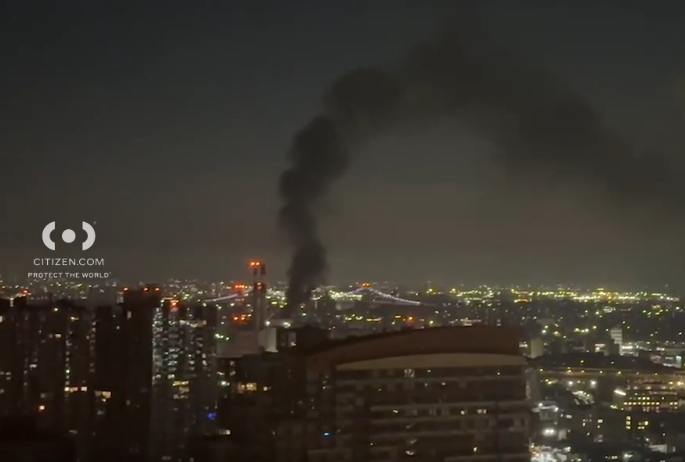Audio Still Fuzzy On The R Line
For the first time since 1997, the Straphangers Campaign found that a majority of subway car announcements of delays and disruptions were clear and accurate, according to two surveys released last Thursday, Oct. 4, by the group.
In another finding, some 85 percent of basic informational announcements made on subway cars are clear and accurate. A basic announcement- made at or between stops-includes the name of the station, destination or direction, train letter or number, and transfer opportunities (if any).
“We found that transit officials are doing a better job keeping riders informed,” said Straphangers Campaign Field Organizer Jason Chin-Fatt.
The 2011 survey was conducted by 62 volunteers between Jan. 3 and Apr. 30, 2011. The 2012 survey was conducted by 69 volunteers between Jan. 17 and Apr. 29. In both surveys, volunteers made 6,000 observations of in-car announcement opportunities on 20 subway lines. In 2011, our surveyors experienced and rated 148 delay and service change announcement opportunities during the survey period. In 2012, they experienced 116 delays.
In the 2011 survey, some 51 percent of delays and disruptions experienced by our raters on all lines had clear and accurate announcements. In the 2012 survey, that increased to 59 percent. This can be compared to our 2010 survey, which found that good delay announcements were made only 40 percent of the time.
Official transit guidelines give conductors a list of 18 possible delay announcements with detailed reasons. These announcements range from: “unruly person on the train” to “waiting for connecting train.” The policy says, “If there is a delay, [the conductor] must make an announcement immediately [and again] within two minutes after that.”
In the previous 10 surveys, in a majority of delays and disruptions experienced by Straphangers’ raters, there was either no announcement or an inaudible, garbled or incorrect one.
In contrast, in 2011, subway car announcements of delays were correct, clear and ungarbled 51 percent of the time (75 out of 148 delays). Of the remaining 49 percent, delay announcements were not made at all 22 percent of the time (33 out of 148 delays); three percent were inaudible or garbled (4 out of 148) and 24 percent (36 out of 148) were rated “incorrect.”
These were meaningless announcements that “we have a red signal,” ones lacking key information such as, “this local is now an express” (with no explanation), or ones with jargon such as, “we have a schedule adjustment.”
In the 2012 survey, subway car announcements of delays and disruptions were made 59 percent of the time (68 out of 116 delays). Of the remaining 41 percent, delay announcements were not made at all 14 percent of the time (16 out of 116 delays); 3 percent were inaudible or garbled (4 out of 116); and 24 percent (28 out of 116) were rated “incorrect.”
In another finding, some 85 percent of basic informational announcements made on subway cars are clear and accurate. This is largely unchanged from our last survey in 2010, which was 83 percent.
In the 2011 survey, the 6 line provided basic announcements 100 percent of the time, the only line to do so. In the 2012 survey, the 4 train was the only line to have a perfect score. In both years, the top-ranking lines had automated announcements.
The C and 3 trains performed worst in the 2011 survey, with adequate basic announcements 66 percent and 65 percent of the time, respectively. The R train came in last in the 2012 survey, with only 56 percent adequate basic announcements.
These two surveys follow ten similar surveys conducted between 1997 and 2010.
MTA New York City Transit does not survey delay and disruption announcements on subway cars. The agency did survey the “percentage of cars with public address announcements” in the first half of 2012.
Some 89 percent of cars are rated as having public address announcements. This is broken down by cars with automated announcements (99 percent) and conductor announcements (79 percent).

































